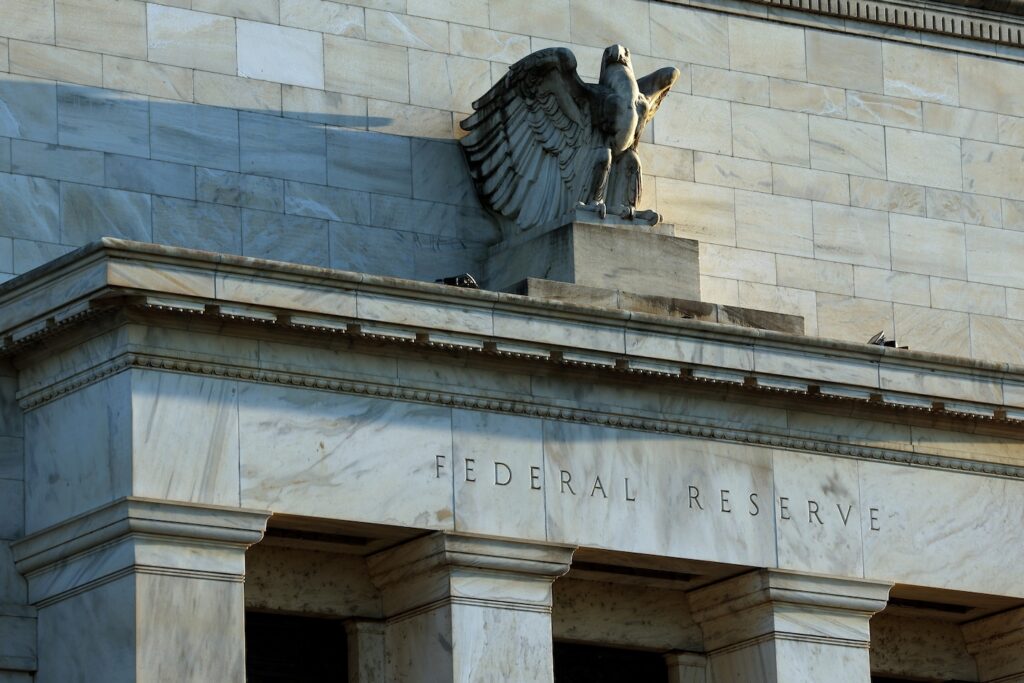The central bank is also facing questions about its regulatory oversight of Silicon Valley Bank, as Washington tries to figure out whether the government could have prevented the turmoil in the banking sector.
“There is risk for the Fed here,” Tim Duy, a Fed expert at the University of Oregon and chief economist at SGH Macro Advisors, wrote in an analyst note. “If the Fed hikes, it must be reasonably confident that regulators have ringfenced the banking problems. If the Fed hikes rates and bank failures multiply, the political fallout will be intense.”
An interest rate announcement will come at 2 p.m. Eastern, along with a fresh set of economic projections on inflation, the unemployment rate, economic growth and what the central bank expects to do with interest rates in the future.
The Fed likes a plan. Generally, that means that by the time policymakers announce a new interest rate hike, it’s old news to the financial traders, economists and business executives who’ve been reading the Fed’s tea leaves.
But failed banks don’t care much for plans.
The collapses of Silicon Valley Bank and Signature Bank prompted all-out interventions from the Fed and the Biden administration to stave off even bigger problems. The whiplash has focused new attention on financial regulation, especially since SVB imploded despite advance warnings and existing safeguards.
The central bank’s meetings typically revolve around inflation, the job market and whether its approach to slowing the economy is working. The last time Federal Reserve Chair Jerome H. Powell appeared in public two weeks ago, he warned Congress that the central bank was seeing signs the economy was heating back up and might need to be more aggressive raising interest rates.
Perhaps the most consequential part of the day will be Powell’s news conference at 2:30 p.m. Eastern. He’ll likely get questions on every part of his job: deregulation of banking laws; what the Fed knew about SVB and when; whether he is concerned that more banking shocks are on the horizon; and whether he sees threats from Europe in the wake of Credit Suisses’s forced takeover.
He will also be asked to explain whether the Fed’s own interest rate fight is destabilizing parts of the economy, rather than just slowing it down. As the Fed raised rates repeatedly last year, the value of bonds issued at lower interest rates went down. SVB held an unusually high percentage of its assets in Treasury bonds and other long-term instruments that suddenly lost their value, meaning the bank couldn’t easily sell them for what it would have needed to get cash to depositors who wanted to make withdrawals.
Powell will also be asked about the decisions to open a lending program to help keep money flowing through the banking system after SVB failed. On Sunday, the Fed also announced it was coordinating with other major central banks to ease strains in dollar funding markets, a major move that was previously employed in 2020 — when the pandemic started — and 2008, during the financial crisis that led to the Great Recession.

